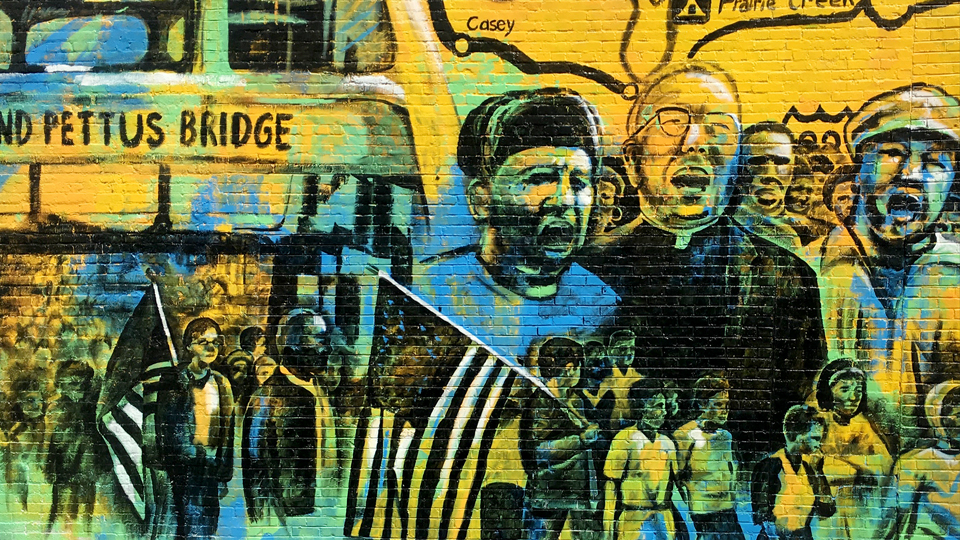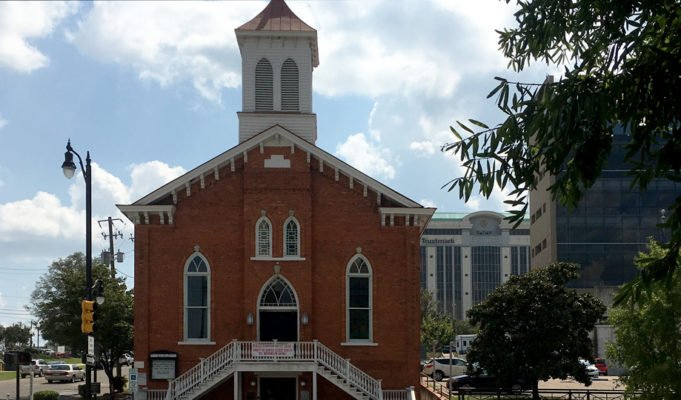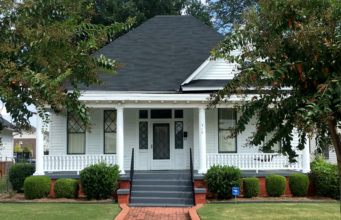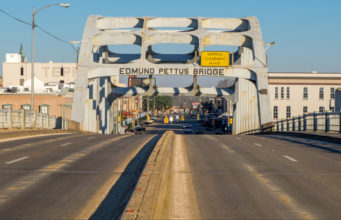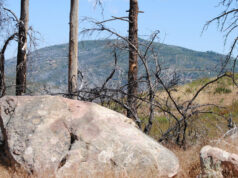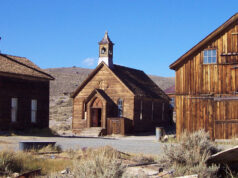No state captures the trials and triumphs of the Civil Rights movement like Alabama, home to inspirational figures such as Rosa Parks, Dr. Martin Luther King, and the Tuskegee Airmen. Follow their stories and those of others in the struggle for equal rights along the Alabama Civil Rights Trail.
Important Stops along the Alabama Civil Rights Trail
16th Street Baptist Church Birmingham A 1960s rallying point for blacks protesting widespread racism across the southern states and the site of an infamous Ku Klux Klan bombing attack. Located in the Birmingham Civil Rights District, the church houses a civil rights exhibition in its basement.
Bethel Baptist Church Birmingham Staging ground for 1950s and 1960s civil rights activities in Birmingham. Bombed three times between 1956 and 1962. Located in the Birmingham Civil Rights District.
Dexter Avenue King Memorial Baptist Church Montgomery Iconic symbol of the civil rights movement and staging ground for the 1955 Montgomery Bus Boycott. Dr. Martin Luther King served as Pastor from 1954-1960.
Edmund Pettus Bridge Selma Scene of one of the bloodiest confrontations of the civil rights movement. On 7 March 1965 unarmed marchers were attacked by Alabama state troopers wielding clubs, fire hoses and dogs.
Rosa Parks Museum Montgomery Interactive museum showcasing the life and legacy of Rosa Parks. Interactive exhibits illuminate important civil rights movement history.
Selma to Montgomery National Historic Trail Interpretive Centers White Hall, Selma Connect with people and places from the struggle for civil rights in Alabama at these two interpretive centers located along the Selma to Montgomery Historic Trail.
Tuskegee Airmen National Historic Site Tuskegee Explore the history and legacy of the famous Tuskegee airmen at Moton Field, birthplace of the program that paved the way for eventual integration of the U.S. armed forces. Preserved buildings and on site interpretive museum.


